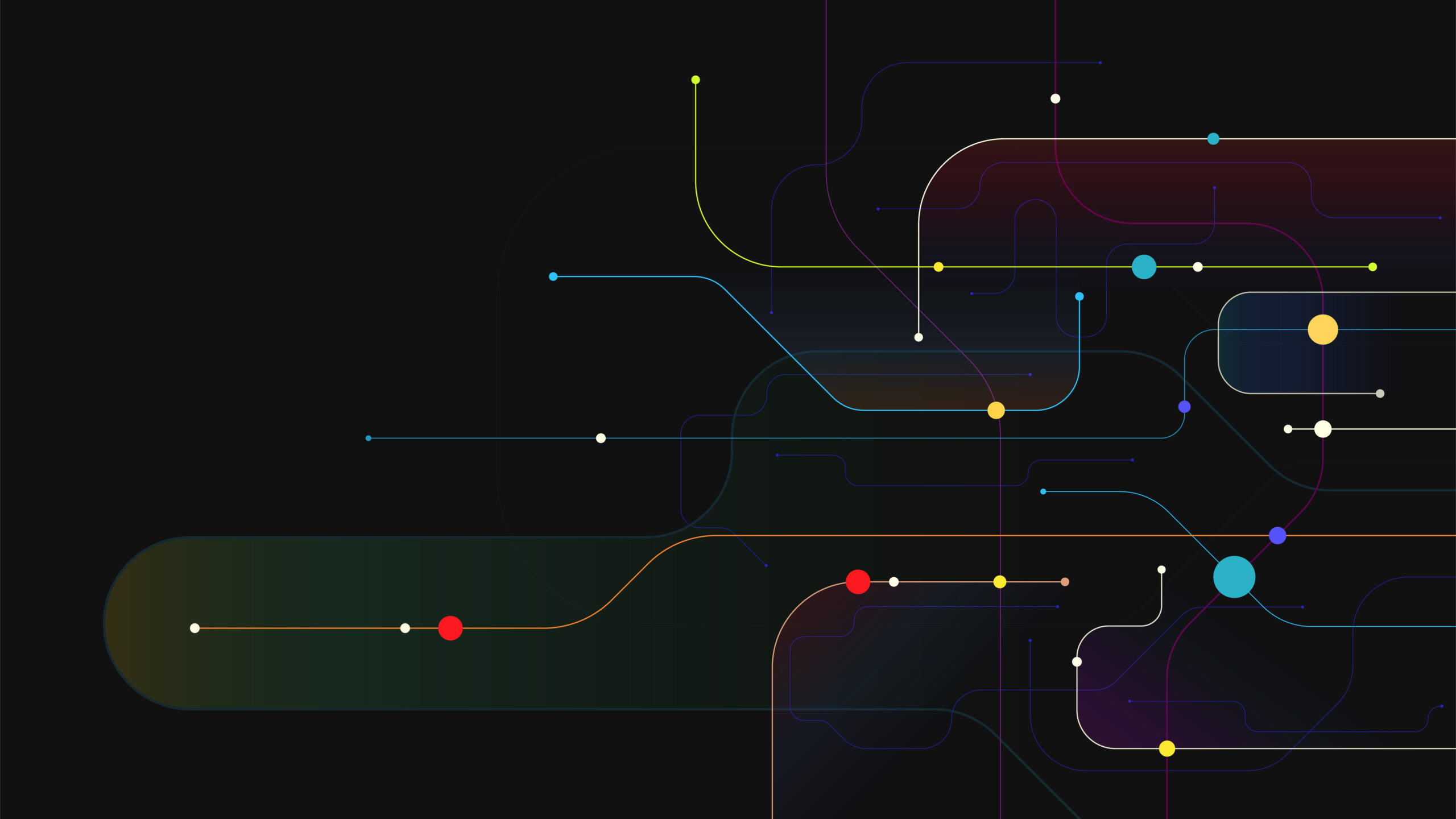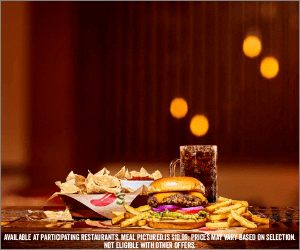
The Ultimate Guide to Choosing Effective Banner Ad Sizes
The Ultimate Guide to Choosing Effective Banner Ad Sizes
In the dynamic world of digital marketing, the effectiveness of advertising strategies plays a pivotal role in the success of online campaigns. Among these strategies, the selection of the right banner ad sizes is crucial. It’s not just about grabbing attention; it’s about doing so in a way that harmoniously blends with the user’s browsing experience.
This brings us to the significance of IAB (Interactive Advertising Bureau) banner ad sizes.
The IAB sets the standards for online advertising, and their guidelines on banner ad sizes are instrumental for advertisers and publishers alike.
Understanding and utilizing these sizes effectively can make the difference between an ad that captivates and converts, and one that gets lost in the sea of online content. In this post, we’ll dive deep into the most commonly used and effective IAB banner ad sizes, exploring their versatility, visibility, and how they integrate with web content.
From the classic Medium Rectangle to the expansive Billboard, each size offers unique benefits depending on your campaign objectives, target audience, and the context in which the ads are displayed. Whether your goal is branding, engagement, or direct response, choosing the right ad size is a step you cannot afford to overlook.
So let’s unpack the world of IAB ad sizes and discover how to optimize your digital advertising campaigns for maximum impact.
Understanding Banner Ad Sizes
The Interactive Advertising Bureau (IAB) plays a key role in shaping the digital advertising landscape. As the industry’s standard-setting organization, IAB’s guidelines on ad sizes are not arbitrary. They are the result of careful consideration of what works in digital advertising – what captures attention, engages viewers, and drives results.
Why Ad Size Matters:
- The size of an ad can significantly impact its effectiveness.
- Larger ads are more visible and can convey more information, but they also risk being intrusive.
- Smaller ads, while less likely to disrupt the user experience, might struggle to make an impression.
The challenge lies in striking the right balance – creating ads that are noticeable yet not overpowering.
Banner ad sizes are designed to fit seamlessly into varying web layouts, ensuring advertisers have the flexibility to choose sizes that best suit their campaign needs while maintaining a positive user experience.
These sizes are also widely supported across publishers and ad networks, making them a practical choice for broad reach and recognition.
In the following sections, we’ll explore some of the most popular banner ad sizes in detail, delving into how each can serve different advertising needs.
Popular and Effective Banner Ad Sizes
In this section, we delve into some of the most popular IAB banner ad sizes, discussing their unique advantages and potential applications.
Medium Rectangle (300×250 pixels)
The Medium Rectangle, or “MREC”, is a true powerhouse in digital advertising. Its versatility lies in its ability to fit into various parts of a webpage – within text content, alongside articles, or even integrated within feeds. This flexibility makes it highly visible without overwhelming the content or the user experience.

For advertisers focused on programmatic buying, the MREC’s widespread presence across websites makes it a highly sought-after choice, often resulting in excellent return on investment.
Leaderboard (728×90 pixels)
Positioned typically at the top of a webpage, the Leaderboard format is hard to miss. It’s one of the first things a user sees upon visiting a site, making it a prime choice for branding campaigns. Its wide, shallow layout is perfect for delivering concise, impactful messages and logos, establishing brand presence effectively.

Its placement at the top can also contribute to a higher viewability rate, an important metric in digital advertising.
Wide Skyscraper (160×600 pixels)
The Wide Skyscraper, positioned usually along the sides of web pages, offers a significant vertical space for creative designs. This format is particularly effective for storytelling or showcasing products with vertical orientation.
As users scroll through content, the ad maintains its presence, making it hard to ignore and thus excellent for capturing and retaining user attention.
Large Rectangle (336×280 pixels)
The Large Rectangle is a step up from the Medium Rectangle in terms of size. This additional space allows for more creative and engaging content, which can lead to higher engagement rates.
It’s particularly effective when placed within text content or at the end of articles, as it offers a larger canvas for advertisers to convey their message without being too disruptive.
Half-Page Ad (300×600 pixels)
Also known as a ‘large skyscraper’, this format’s size is its most notable feature. Being one of the largest standard ad sizes, it offers ample space for high-quality creative content, interactive elements, and detailed messaging.

This size is particularly effective for storytelling, product showcases, and interactive ads, providing a significant canvas to engage users.
Billboard (970×250 pixels)
The Billboard is ideal for high-impact branding campaigns. Its large, wide space, usually placed at the top of the page, makes it an excellent canvas for memorable and eye-catching designs.

This format is especially suitable for advertisers looking to make a strong visual statement and leave a lasting impression on viewers.
Each of these ad sizes serves distinct purposes and can be effective in different contexts. The choice of size should align with the specific goals of your campaign, be it brand awareness, user engagement, or direct response.
Factors Influencing Ad Size Effectiveness
While choosing the right ad size is important, understanding the factors that influence its effectiveness is equally critical. Let’s explore some of these key factors:
Campaign Objectives and Audience Targeting
The success of an ad size largely depends on your campaign objectives. Are you aiming for brand awareness, lead generation, or product sales?
For instance, the Leaderboard might be more effective for brand awareness due to its prominent placement, while the Medium Rectangle could be better suited for lead generation within article content.
Additionally, knowing your target audience’s preferences and browsing habits can guide you in selecting the most impactful ad size.
Context of Ad Placement
The context in which your ad is placed can significantly impact its performance. An ad that blends well with the site’s content and layout is more likely to be effective.
For example, a Wide Skyscraper might work well on a news website where users are scrolling through articles, while a Large Rectangle could be more effective on an e-commerce site where it complements the product listings.
User Experience and Ad Intrusiveness
User experience is paramount in digital advertising. Ads that are too intrusive can lead to negative user perceptions and even ad blocking. It’s important to choose an ad size that balances visibility with a non-disruptive user experience.
For example, while Half-Page Ads are highly visible, they should be used judiciously to avoid overwhelming the user.
Understanding these factors and how they interplay with different ad sizes will help in making more informed decisions that align with your advertising goals.
Beyond Size – Other Keys to Successful Banner Ads
While the size of the banner ad is a significant factor, several other elements contribute to the success of a banner advertising campaign.
Let’s explore these key components:
The Role of Creative Design
The design of a banner ad is pivotal in capturing and retaining the audience’s attention. A well-designed ad should balance appealing visuals with clear, concise messaging.
It’s essential to use high-quality images and graphics, legible font choices, and a color scheme that aligns with your brand identity. Creativity in design can make your ad stand out, but remember that the primary goal is to communicate your message effectively.
Importance of Message Relevance and Clarity
The content of your ad must resonate with your target audience. It should be relevant to their interests, needs, or problems. Clear, compelling, and concise messaging is key.
Users should be able to understand the value proposition quickly. Incorporating a strong call-to-action (CTA) is also crucial, guiding users on what step to take next – whether it’s making a purchase, signing up for a newsletter, or learning more about a product.
Strategic Placement for Maximum Engagement
The placement of your ad can significantly influence its effectiveness. It’s not just about choosing the right website but also about where on the page your ad appears.
Ads placed above the fold are typically seen by more people, but those integrated within content can have higher engagement rates. Understanding the user’s journey on the site and placing your ads strategically along that path can lead to better results.
Audience Targeting and Personalization Strategies
Tailoring your ad to the specific audience segment you are targeting can drastically improve its performance. Utilizing data and insights to understand your audience allows for personalization, making the ad more relevant and engaging for the viewer. Techniques like retargeting, where you target users who have previously interacted with your brand, can also be highly effective.
By focusing on these elements in conjunction with the right ad size, you can significantly enhance the effectiveness of your banner ads, leading to more successful campaigns.
Best Practices for Choosing the Right Ad Size
Selecting the right ad size is a blend of art and science. To make this decision easier, here are some best practices:
- Align Ad Size with Campaign Goals: Different ad sizes suit different objectives. Use larger formats like the Half-Page Ad for storytelling or detailed product showcases, and smaller sizes like the Medium Rectangle for higher frequency and broader reach.
- Balance Visibility and User Experience: While larger ads are more visible, they should not disrupt the user experience. Choose sizes that integrate well with the site’s layout and content.
- Test and Optimize: Digital advertising is not a ‘set and forget’ process. Continuously test different ad sizes to see which ones perform the best for your specific campaign and audience. Use these insights to optimize your ad strategy.
By following these practices, you can make more informed choices about ad sizes, leading to more effective and successful advertising campaigns.
Conclusion
In the ever-evolving landscape of digital advertising, understanding the nuances of IAB banner ad sizes is crucial. Each size offers unique benefits and caters to different objectives. From enhancing brand visibility with a Leaderboard to engaging deeply with a Half-Page Ad, the right choice depends on your campaign goals, target audience, and the content context.
Remember, the size of the ad is just one piece of the puzzle. A successful banner ad campaign requires a blend of compelling creative design, strategic placement, relevant messaging, and targeted audience engagement. By considering these elements in your advertising strategy, you’re setting the stage for a more impactful and resonant campaign.
Ready to elevate your digital advertising strategy? Click Get a Bid below for a free consultation with We Are Volume.
Our team of experts will guide you in selecting the perfect ad sizes and strategies tailored to your unique needs and objectives. We design, develop and we can even handle the buy.